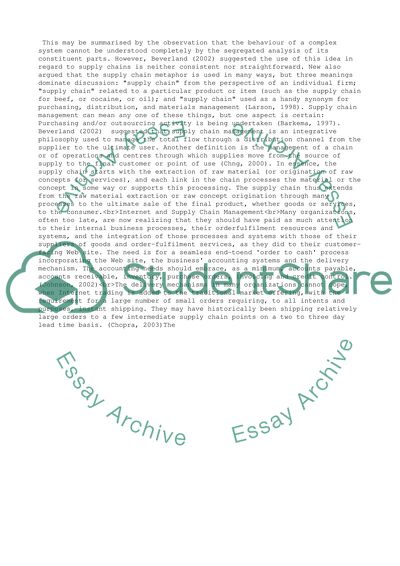Cite this document
(“International Business To Business Marketing Essay”, n.d.)
International Business To Business Marketing Essay. Retrieved from https://studentshare.org/business/1530273-international-business-to-business-marketing
International Business To Business Marketing Essay. Retrieved from https://studentshare.org/business/1530273-international-business-to-business-marketing
(International Business To Business Marketing Essay)
International Business To Business Marketing Essay. https://studentshare.org/business/1530273-international-business-to-business-marketing.
International Business To Business Marketing Essay. https://studentshare.org/business/1530273-international-business-to-business-marketing.
“International Business To Business Marketing Essay”, n.d. https://studentshare.org/business/1530273-international-business-to-business-marketing.


